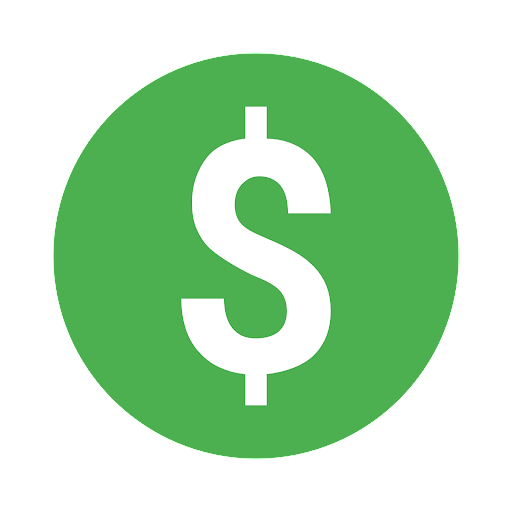By Deborah C. Alabran-Blair,
RN, WCC, RAC-CT, CDP, PCHA — Clinical Consultant
While inspection procedures may differ based on the type of inspection or circumstances related to a specific home or event, inspectors will generally use the procedures under Appendix E of the RCG 55 Pa. Code Chapter 2600 for Personal Care Homes.
That being said, why wouldn’t we do the same? Reviewing and understanding the method for the licensing inspection is fundamental in preparing for inspection. Understanding the regulations, inspection procedures, and primary benefit (intent) of each regulation is necessary to help to ensure regulatory compliance and positive survey outcomes.
 A successful inspection can be influenced by staff knowledge and understanding of the regulations, and for the home to have clear, written, policies and procedures with regard to resident rights, needs, facility specific characteristics, and regulatory requirements. In addition, the home needs to have a consistent process to review / ensure that policies and procedures are being followed, are effective, and remain appropriate. Also, the home must have procedures to follow up timely on any concerns and adjust, update, and communicate policies and procedures timely when needed.
A successful inspection can be influenced by staff knowledge and understanding of the regulations, and for the home to have clear, written, policies and procedures with regard to resident rights, needs, facility specific characteristics, and regulatory requirements. In addition, the home needs to have a consistent process to review / ensure that policies and procedures are being followed, are effective, and remain appropriate. Also, the home must have procedures to follow up timely on any concerns and adjust, update, and communicate policies and procedures timely when needed.
A review tool that may be used to “Inspect-what-we-expect” is the Personal Care Home Self-Inspection Worksheet (APPENDIX F, pages 246 – 253 of the 2600 RCG). Assemble your management team. Smaller homes without multiple department managers may engage shift supervisors a part of the team.
Support your team proactively and engage each member to review an assigned section of regulations. This can be broken down so that regulations can be reviewed a few at a time or however the home decides is best. Some regulations require a more frequent review. Regulations that deal with high risk areas such as medication management, reportable incidents, medical evaluations, and resident assessment, fire drills, to name a few, should be reviewed more frequently.
Give the team time to “study” assigned regulations, inspection procedures and primary benefits of each regulation, using the 2600 RCG as a reference, before they conduct their reviews.
IMPORTANT: Do not assign a team member to review their own work, and change-up assignments periodically. This gives team members the opportunity to learn different regulations and learn how to conduct a compliance review, increasing team knowledge and understanding of regulations, policies and procedures. It is also important is to provide immediate documented feedback to staff as needed. A successful inspection also depends on revising and/ or developing procedures when needed and communicating changes timely. Last but not least – Be sure to include the findings, causes, feedback, and follow-up in the home’s Quality Improvement Plan!
Conducting a mock survey is another way to prepare the home for inspection and provide the home with a “practice” survey. We practice elopement drills, conduct regular fire drills, test our emergency preparedness plans. A mock survey should be viewed as a “drill” to assure that the care and services provided every day meet regulatory requirements and the home’s expectations, and not just “survey prep.”
There are many benefits. Whether performed by your internal team or external experts, mock surveys can be very beneficial to your home. The mock survey should be conducted using the methodology in the 2600 RCG, with close attention to resident selection, resident and staff interviews, and document review.
When should a mock survey be done? Generally, it is best to conduct a mock survey two to three months before your annual survey is due. This allows enough time to prioritize and fix areas that are out of compliance and not just “Manage the Damage”.
Once the mock survey is completed, the most important part begins! A mock survey plan of correction needs to be written and executed the same as an actual plan of correction. The plan should be written to engage staff, assign responsibility, target timeframes, and to break down the plan into steps, with the outcomes, feedback, and follow-up incorporated into the home’s Quality Improvement Plan.
A mock survey is an investment in your home’s ongoing readiness and can reveal how staff will function under stress. Potential litigation risk areas can be identified. The knowledge gained from the process will bring the home closer to survey success and help the home achieve ultimate resident centered goals.
By identifying potential survey risk areas, opportunities for improvement and other challenges BEFORE the survey, they can be prioritized and fixed. A mock survey can engage staff in the survey process, instill resident rights, safety values and expectations, and improve actual survey outcomes providing an opportunity for the home to validate and celebrate sustained compliance!

